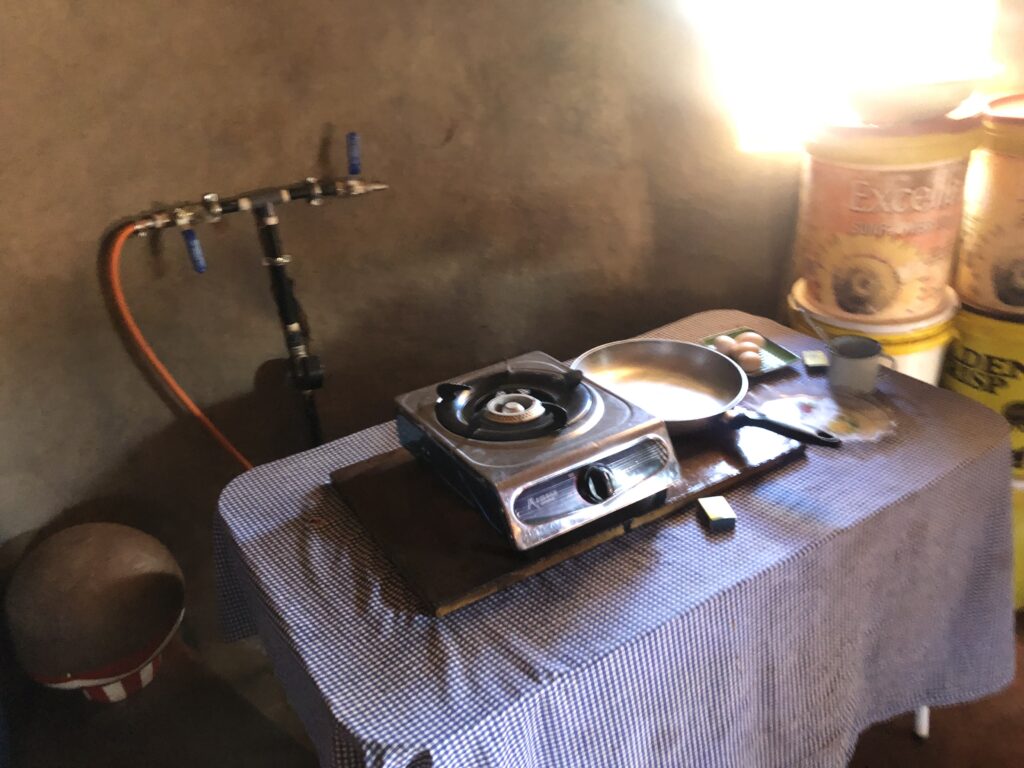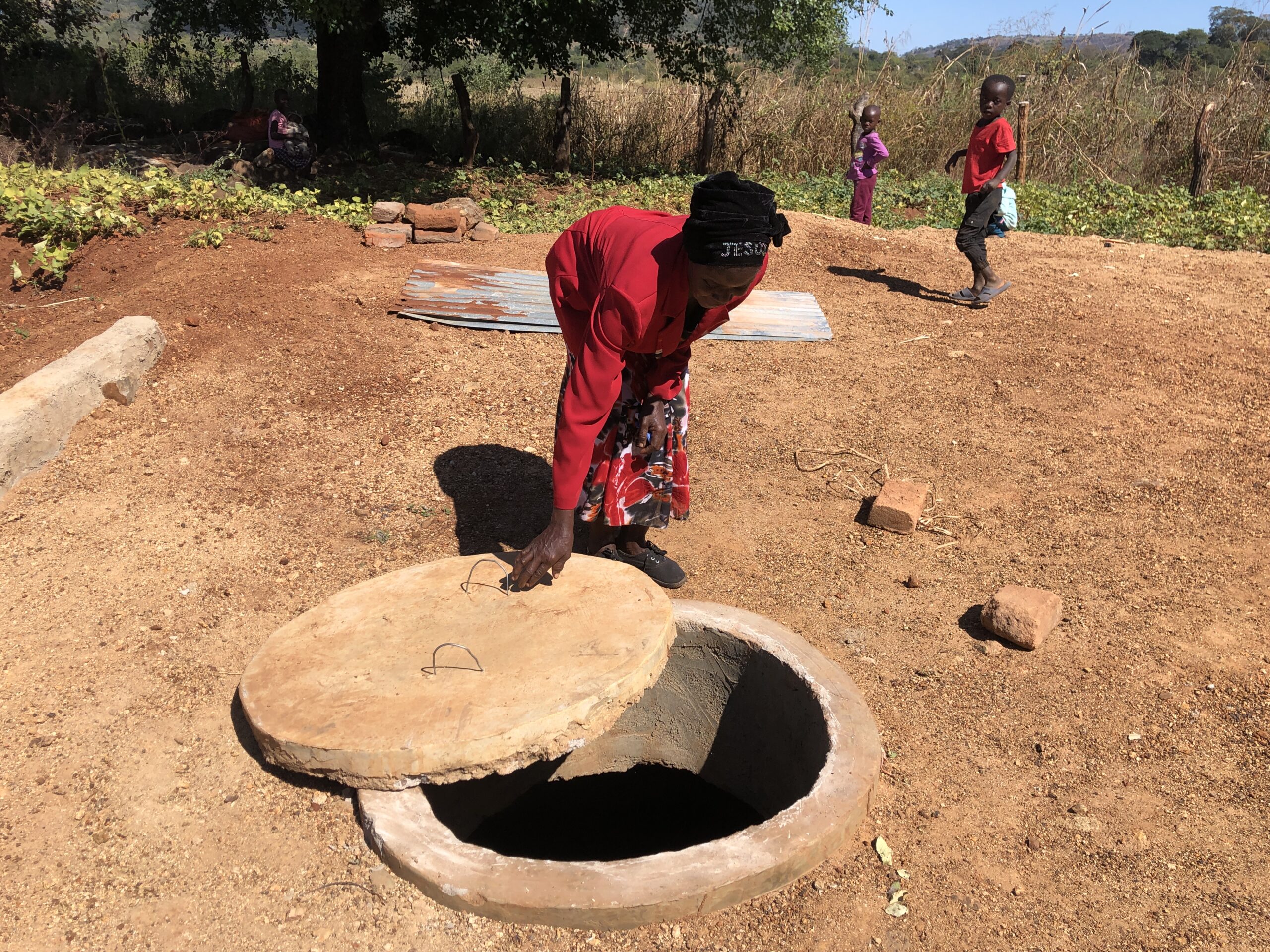By Lungelo Ndhlovu
According to reports by the United Nations, Wood fuel accounts for over 60% of the total energy supply in the Zimbabwe and almost 98% of rural people rely on fuel wood for cooking and heating. The country’s Forestry Commission revealed that up to 11 million tons of firewood is needed for domestic cooking, heating and tobacco curing every year.
As deforestation increased in Chiredzi where Sister Hlongwane and her family thrive, cooking got increasingly difficult. “I used to carry a 20 kg load of firewood on my head twice a week and walk for about five kilometers,” she recalls her many trips up a nearby mountain to obtain firewood.
Mrs Hlongwane now has more time to focus on other important family matters, such as watching her grandchildren grow, after a biogas digester was erected at her rural homestead in Chiredzi, Masvingo province, in September 2023.
“Now, as soon as I return from the fields, I simply turn on the biogas stove and finish cooking in a few minutes. My kitchen is usually free of soot and smoke, unlike firewood, which hurts my eyes,” she added.
Biogas is a combustible gas produced when organic material breaks down in anaerobic (airless) conditions; it is produced from the decomposition of organic materials, including animal manure, food waste and sewage. Mrs Hlongwani is one of many Zimbabweans who have adopted biogas as a clean alternative for cooking and lighting at their rural homes. Unlike wood fuel, biogas is a renewable natural energy source that leaves desired effects on the environment.

Using firewood or charcoal for cooking and heating is a time consuming and labor intensive process that also puts people’s health at risk due to indoor air pollution, according to Dr Ayodele Odusola, the United Nations Development Programme’s (UNDP) resident representative in Zimbabwe.
Last year, the UNDP launched the largest biogas initiative in Zimbabwe and Southern Africa in Hakwata village, Chipinge District, near Zimbabwe’s border with Mozambique, in an ambitious effort to bring clean cooking options to rural communities.

“The goal of using biogas in integrated development projects is to assure its feasibility. First, we want to lessen the risk that women and children suffer when gathering firewood because it takes some of them 2 to 3 kilometers to find firewood, which limits their production time as well as children’s learning time,” said Dr Odusola in an interview.
Dr Odusola stated that UNDP piloted 150 families with biogas digesters to determine, or verify, whether the proof of concept is viable and effective, as evidenced by the biogas output, which produces a flame similar to that of gas and electricity.
“We are transforming it into a source of income for local communities. We taught 12 artisans in each district to maintain and create biogas parts, creating job possibilities and money. This helps reduce poverty significantly.
“Again, one of the things we are attempting to do is lessen the health risks associated with using firewood, aside from the fact that many of them suffer from eye disease and respiratory problems. So it has minimized those hazards since the output is as pure as electricity,” he explained.
Dr Odusola further stated that donor funded initiatives in Zimbabwe usually fail to continue once developmental donors hand them over to the government due to an over reliance on donor funding.
“UNDP’s role is to demonstrate the proof of concept works, but it is the responsibility of the government and business sector to scale it. This is why young Zimbabweans are being trained as technicians,” he added.
